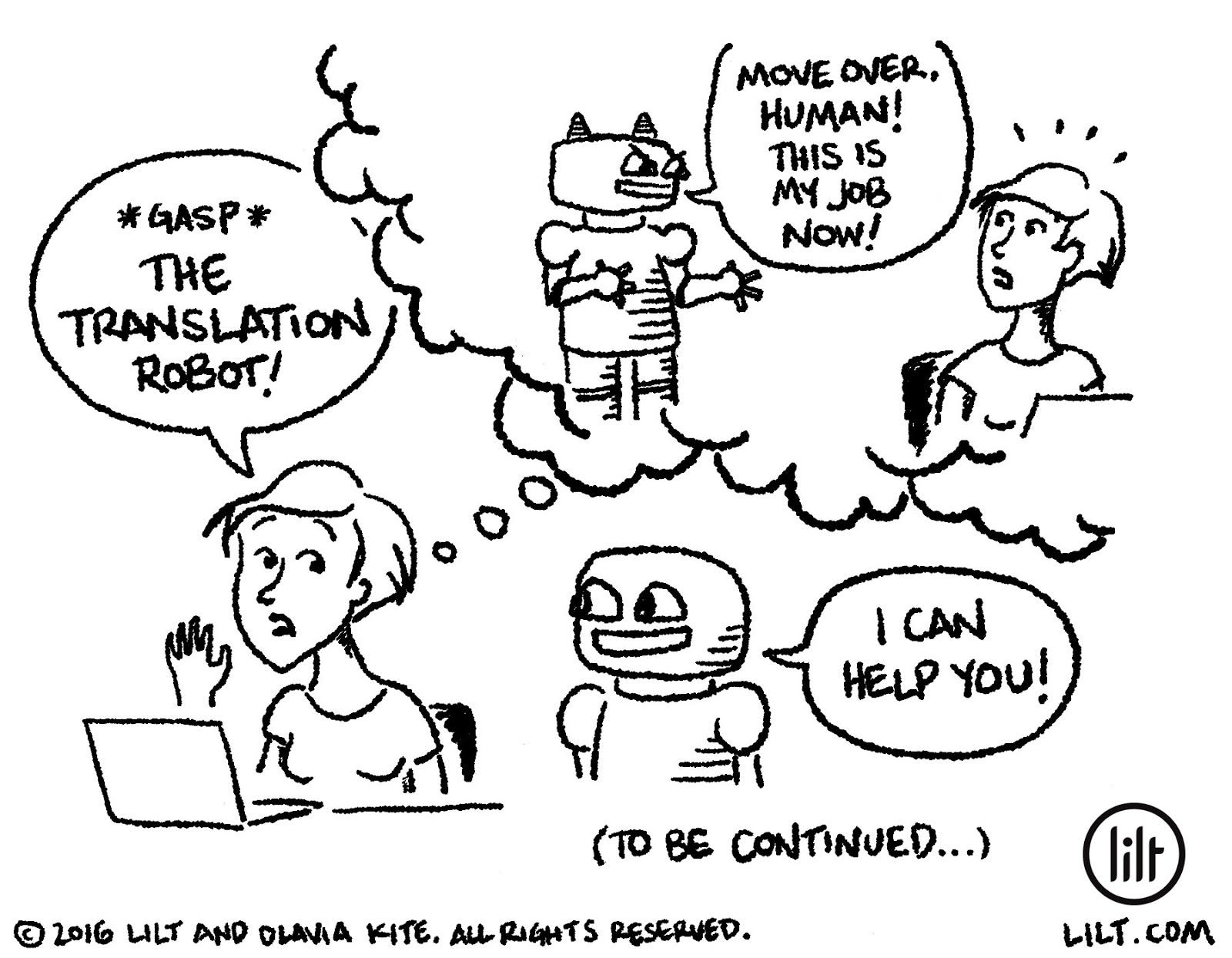Top MT computer science concepts demystified

Computer science terms once exclusively used in scientific communities have become ubiquitously integrated into our daily lives—the news we read, products we consume, and the technology we use. Some are used interchangeably with one another (incorrectly), others are hazy in definition and application. In light of this, we thought we’d lend clarity to the top Machine Translation (MT) related computer science terms you may encounter.
Artificial intelligence (AI)
Many people view AI as a new concept–the emergence of AI in businesses claiming to use AI technology has skyrocketed in the past decade. However, AI has been around for more than 60 years. The term is used haphazardly in business contexts, often in an attempt to generate hype surrounding a product or offering. A recent Forbes article detailing a report released from London-based venture capitalist firm MMC reveals that nearly half of all ‘AI startups’ don’t actually utilize AI in any capacity.
So what exactly is AI? AI is the science of programming computers to mimic human intelligence and complete human-like tasks. Tasks can include solving problems related to logic, reasoning, planning, and perception. People think of AI and may conjure a depiction of a highly capable, human-like robot. However, you encounter AI in practical everyday applications such as:
- Voice recognition software such as Siri and Alexa
- Email spam filters which use sorting logic
- Chatbots
- Predictive typing in search queries
Machine learning (ML)
ML is a subset of AI and is essentially the way an AI application learns. ML methods are designed to identify patterns within and learn from data, without being specifically instructed to do so. An example of ML is anything using an algorithm. Rather than a linear learning path, ML is training a system in a circular knowledge loop—the system receives a command, collects data, teaches the algorithm, tries out and collects feedback, then uses that information to make the algorithm better. A method using ML is continuously learning and improving. The more data it collects—and learns from—the more accurate it is.
You experience ML in your daily life every time you type a query in a search engine. Netflix and Spotify use ML to suggest media and music based upon your viewing and listening behavior. Self-driving cars are another example—they learn from the objects around them and respond accordingly.
Human-computer interaction (HCI)
HCI is the field of study exploring how humans interact with computers. Apple, for example, conducts extensive HCI research on how users interact with iPhones. During design cycles, they use their observations on human behavior to improve the experience of their products. User Experience (UX) and User Interface (UI) design teams use HCI principles to create easy, compelling experiences that consumers want to use.
Artificial neural network (ANN)
ANNs are a subset of ML algorithms, modeled after our brain’s neural networks. They’re comprised of a well-connected set of computation units called neurons. While neural networks function similarly to general ML algorithms, they’re much better at learning higher order and complex distributions inherent in large and diverse datasets, particularly images and text.
MT
MT is a subset of computational linguistics that automatically translates text from one language to another. MT includes both statistical and neural learning methods, in which the machine provides results based upon the highest probability of a correct match from within a database. MT systems train on various sources including data crawled from the web, synthetic data generated from other MT systems, and user-generated data.
Neural MT (NMT)
NMT is a form of MT where an ANN is used to translate the source sentences to obtain a well-formed target sentence. ANNs can learn higher order distributions of data, making them capable of predicting translations with better accuracy, even with longer sentences and strings of text. With an autoregressive style of predictions, it performs significantly better than a statistical system, especially when translation involves completing a prefix.
Natural language processing (NLP)
A subfield of AI, NLP focuses on how to make machines able to understand human language. NLP concentrates on MT and other AI processing tasks related to human language including syntax, semantics, discourse, and speech.
Human-in-the-loop (HITL)
HITL is a computer science concept in which a machine learns from, and assists with, a human’s work. It’s a continuous, interactive feedback loop between the computer system and the human. In the case of NMT, the computer learns from translators behavior and makes suggestions accordingly.
Special thanks to Aditya Shastry for contributing to this post.

.jpeg)


